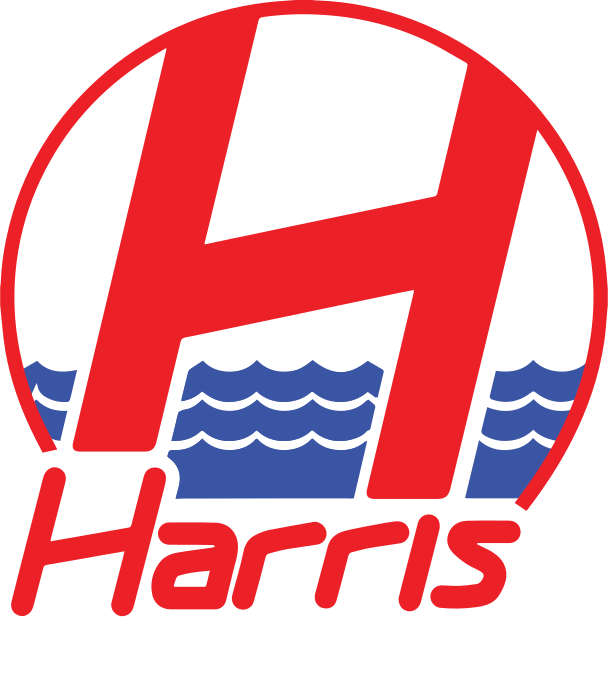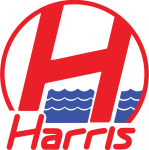A storm drain is a drainage system that handles excess water from sources like roofs, sidewalks, and streets. It helps manage runoff to prevent water from pooling in unwanted places.
Storm drains reduce the chance of flooding by channeling water away from buildings, especially during heavy rain. Storm drains also help minimize the spread of dirt, debris, and harmful contaminants, protecting the overall quality of water. Learn when storm drain traps are required in NYC to protect your property and the surrounding environment.
For Stormwater Inlets
Stormwater inlets are points in a drainage system where rainwater and excess surface water enter, such as grates on sidewalks, streets, or parking lots. They help redirect water into the underground storm drain system, keeping water from pooling or flooding.
Storm drain traps are installed on the branches of stormwater systems that connect to inlets, as well as on main house storm sewers. They block debris from entering the drainage system and prevent sewer gases from escaping, which maintains a safe environment and protects the plumbing system from costly damage.
For Combined Sewer Systems
NYC properties that attach to a combined sewer line system require storm drain traps. These systems handle stormwater and wastewater drainage, which means that without a trap, harmful gases could flow from the wastewater side into your home or business.
Combined systems are also prone to more debris and waste entering the stormwater side, so traps help minimize pollutants in the lines. Installing them keeps your property compliant with NYC plumbing codes and avoids future problems with the system.
When Connected to Sanitary Lines
Storm drain traps are required when rain leaders or area drains connect to sanitary lines. These connections can create a pathway for sewer gases to escape and spread through the system if not properly trapped. Traps prevent this by sealing off the drainage routes. Additionally, these traps block dirt and debris, which can save businesses and homeowners from frustrating clogs.
New-build plumbing contractors install storm drain traps to meet each building’s unique needs. They carefully examine the property’s drainage setup, confirm the traps are the right type for the waste produced, and ensure their placement aligns with city plumbing codes. By doing so, they help prevent plumbing issues, improve water safety, and save property owners from unexpected repair costs.
Storm drain traps protect properties from clogs, odors, and water contamination. They are required in various drainage situations, such as stormwater inlets, combined sewer systems, and sanitary connections. These traps help maintain efficient water flow while minimizing pollutants and risks to your property. Consult experienced plumbing contractors to install or replace storm drain traps for you.




















